-
Posts
121 -
Joined
Posts posted by Diatryma
-
-
How would you define your sense of humor? e.g. sarcastic, politically incorrect or "zoomer"?
-
On 2/7/2019 at 8:45 AM, ffffffff said:
@nani 's humour is kind of strange right?
similar to yours.

-
On 2/7/2019 at 5:39 AM, Pudim said:
we need moderators who speak portuguese and spanish, like great Pudim.
how many are them?
-
On 2/5/2019 at 11:49 AM, Glestul said:
Do not get discouraged posting your ideas if this scoffers mock you. I have misspelled peasant for pheasant and instantly i get mocked.
These are the Toxic Lagger Individuals (TLIN) who stutter our games or play in team games without any skills. Arguing with them is like playing in a stuttering lagging game, you just do not want to share your game with them just like you do not want to share a conversation with them.
welcome to WFG community we have this kind of funny and borg- isn't kind of sensitive.
he even crush other players (in multiplayer) he is very unmerciful.
-
 2
2
-
-
22 minutes ago, Sundiata said:
Yeah, I wanted to keep the proportions of the building itself close to real life, but seeing it in game make me think that I should scale the upper part on the z-axis. I should also still add some decorative pattern to the exterior doorways or something..
more bigger maps is needed.
. you are good artist @Trinketos
-
1 hour ago, Genava55 said:
This Coolus is the Mannheim version, known to have been used by Caesarian legions and auxiliaries. Thus it is a bit out of the frame for the Polybian era. This helmet was found in Britain as well, probably a Celtic auxiliary.
But the other Coolus type is very possibly used by Roman legionaries during the second century BC.
greak work.
3 hours ago, Alexandermb said: -
2 minutes ago, Glestul said:
So we can play our versions of history
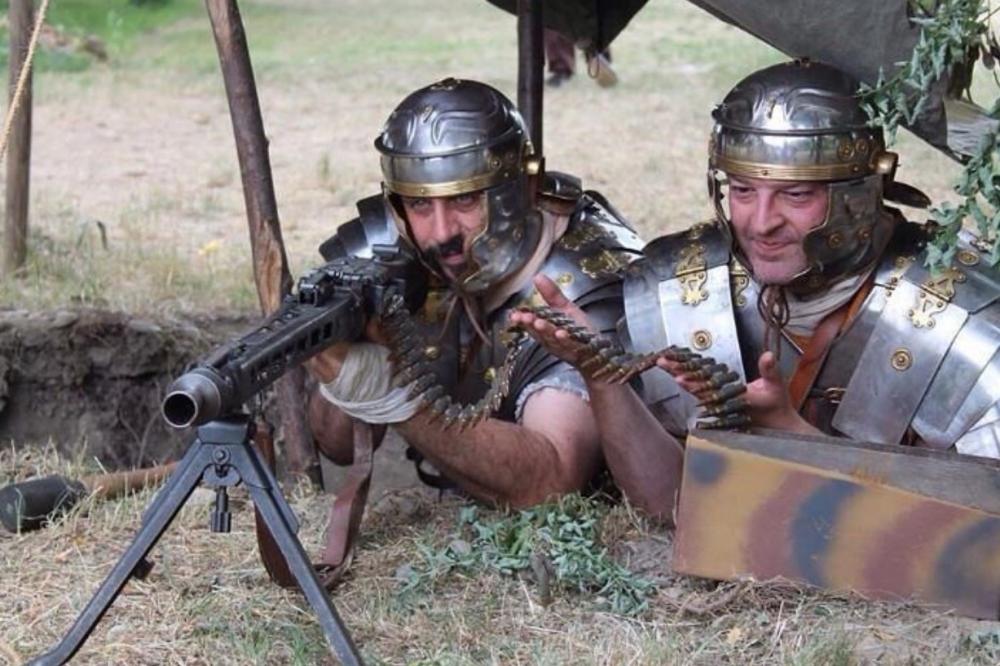
-
 1
1
-
 1
1
-
 4
4
-
-
12 minutes ago, Alexandermb said:
i used a reference the time i did those blades following the shape schema.
Update:
Fourth texture (Changed the way the axe is placed and the shape of it):Maur 2h Axe
@Rolf Dew for minotaur but bigger:
even textures?
-
On 1/17/2019 at 3:12 PM, Angen said:
why not trying to use cards?
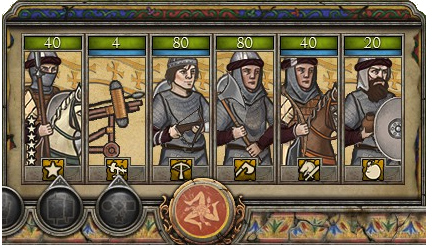
And much simpler to group the different divisions and regiments, placing the HP of the unit above the Illustration of itself. Now with the formation i.e. the formation icon move it to another drop down panel how it happened with it Rtw in this way much more practical and besides being aesthetic.
-
 2
2
-
-
I'm not sure with Mainz version.
Spoiler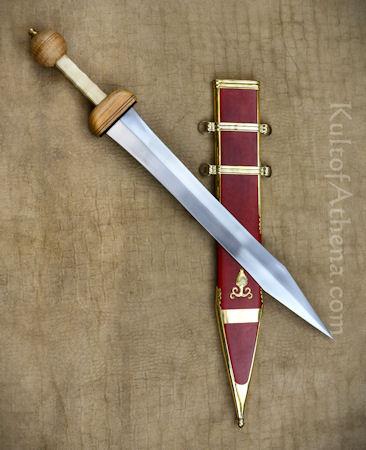
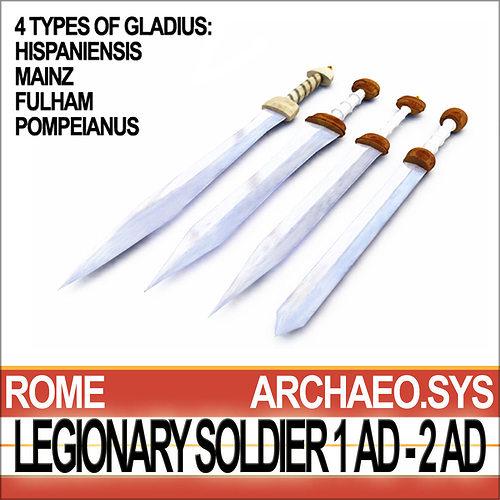
-
SpoilerSpoiler
These references are going to serve you quite well, in my opinion, you should look for the blade of the sword to have some variations, try that the blade is completely polished, those examples that I give, probably use them for elite units and in other cases you should try that it is like the axes that you presented before, dirty and corroded, a little rusty metal would not be bad but only in the edges just to give a little bit of volume and "realistic" detail.
-
 1
1
-
-
it doesn't look like liquid like blood splatter.
Spoiler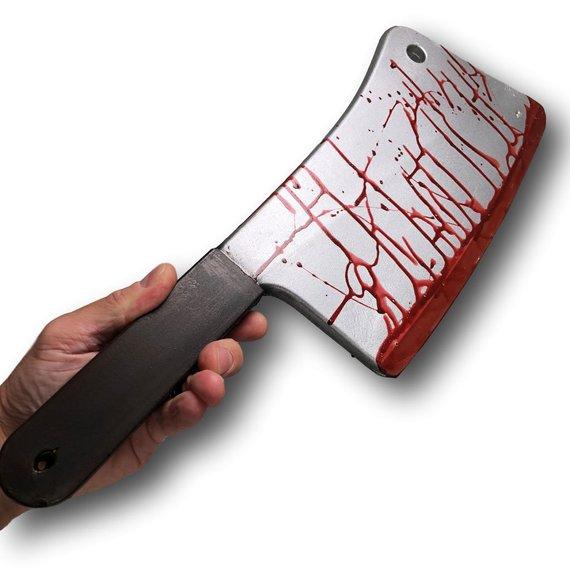
the axe look some kind dust/powder.

-
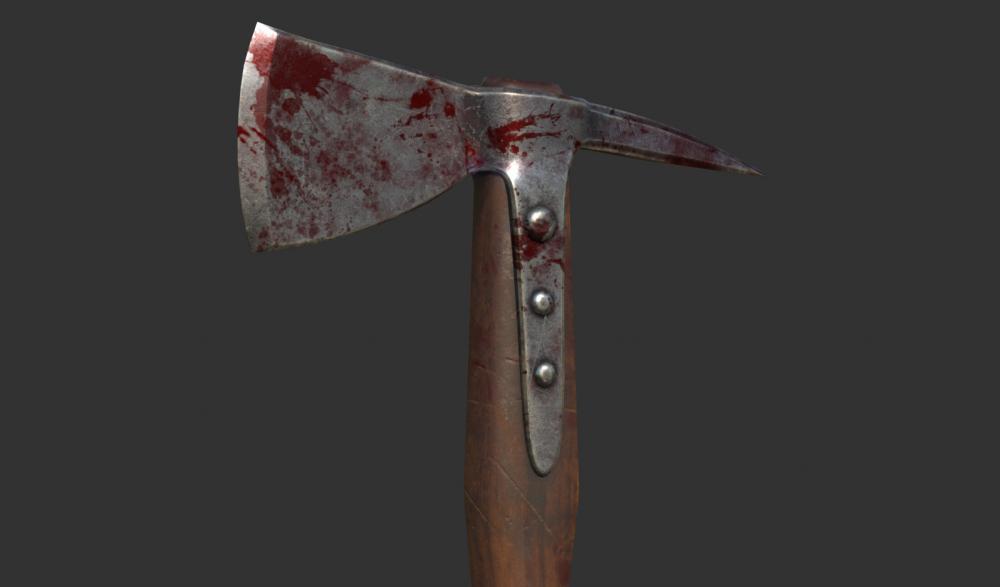
darker and dirty remember the blood coagulates.
Spoiler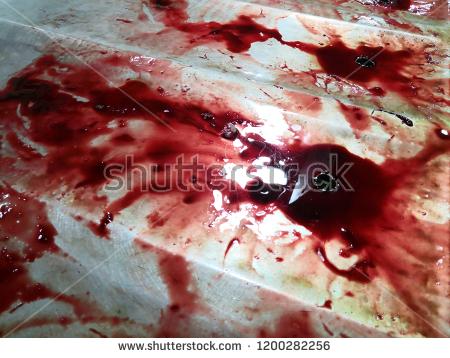
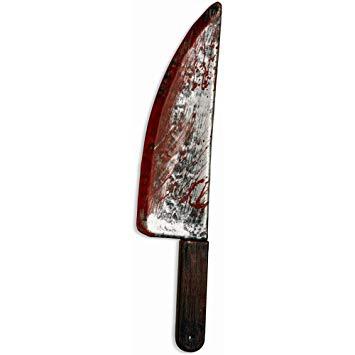
-
 3
3
-
-
-
There are three main types of Late Assyrian helmets: pointed conical helmets, crested helmets, and scale helmets. Of these, only the first two can clearly be identified in the artifactual record. The third, scale helmets, will be discussed later under textual evidence.
he basic pointed or conical helmet is the ubiquitous head gear of the Late Assyrian army. Despite that prevalence, of the mere eleven conical helmets which Dezsö lists in his catalogue, only three are provenienced, and only one of those is definitely Late Assyrian. Eight of these helmets are bronze, two are iron, and one is of composite manufacture (2001). We will start by examining the single helmet from an excavated Assyrian context (fig. 6.1a). This helmet was found by Austen Henry Layard and is presently in the British Museum. It was one of the many objects which he uncovered in Chamber I of the Northwest Palace39 .
SpoilerCrested helmets are the second type represented both in the Late Assyrian reliefs and among excavated arms. These crests come in a variety of patterns which will be discussed below under pictorial representations. The artifactual record provides us with only some fragmentary examples.
The reconstructing of these helmets was a somewhat difficult proposition. Not only are they just a collection of random fragments from an unknown number of helmets, comparative material to use as a model is rare. “There are only three surviving helmets from the ancient Near East from which to reconstruct the form and shape of our helmets, and unfortunately none of them comes from a properly controlled archaeological excavation” (Dezsö and Curtis 1991: 114)
by other hand:
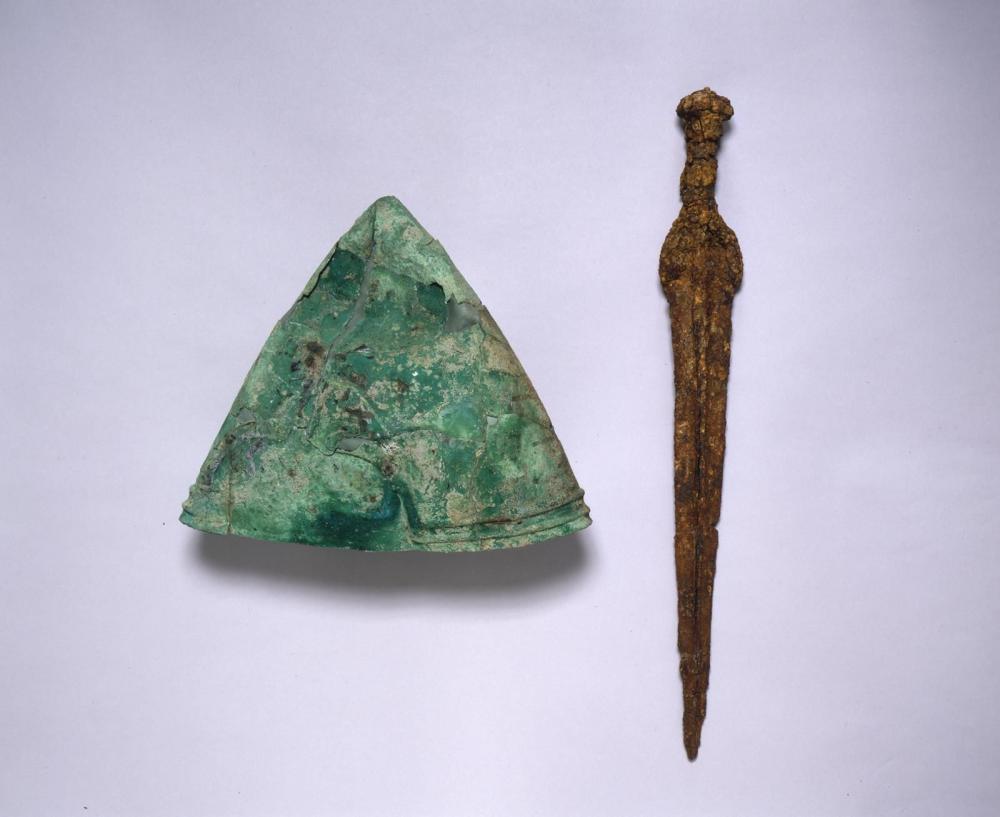
The Hasanlu helmets can be grouped into the same two types as the Assyrians‟: bronze conical helmets and crested helmets. The conical helmets show the strength of Assyrian influence at Hasanlu in the ninth century. Dezsö argues that those with the frontal arcs, without corresponding figural or decorative scenes indicate that Hasanlu is one of the first places to adopt this type of helmet from Assyria.40 Both of the helmets of this type were found in Burned Building II, Room 5. A third helmet is somewhat lower and squatter in form, which may be a Northwestern Iranian tradition (2001: 73-74, pl. 67, 71). Its fragments bear rosette decorations, another clear Assyrian influence. The strong Assyrian appearance of these helmets make it difficult to say if they were made locally or came from Assyria (74).
Dezsö describes these as the only existing examples of a type which emerged in Transcaucasia and spread in the late second to early first millennium to the west, Urartu and North Syria, and to the southeast, Northern Iran and Hasanlu (2001: 77-78, pl. 75).
Dezsö‟s catalogue lists a phenomenal forty-six conical bronze helmets, eight conical iron helmets, two conical crested bronze helmets, as well as a number of bronze neck-guards, and earflaps/cheek-pieces from Urartu. More than half the amount of ancient Near Eastern helmets known are Urartian....[they] have been found in large quantities in two types of findspot: votive stores of Urartian temples (e.g. Altintepe, south portico of the temple) and arsenals of royal palaces (Karmir Blur) (Dezsö 2001: 79). However, this vast number is swelled by several large hoards of unprovenienced material which may have come from the above sites or other sites unknown. There are also helmets excavated from a destruction level at Çavuștepe, Uçkale and five from the Urartian fortress at Burmageçit. This is not to suggest that Urartu used more metal helmets than other nations, rather that the thorough sacking of the Late Assyrian capitals by the Medes and Babylonians has masked the probably similar situation in Assyria (Dezsö 2001: 79). Only two undecorated bronze helmets are known from Urartu, and one of these has even been attributed as booty from the Assyrians. The Urartians showed a clear preference for decorated helmets from a very early period. The overwhelmingly favourite pattern, are the helmets with a repoussé motif on the front, considered to be a „lightning‟ symbol of the god Teisheba.41 These include some of the earliest known pointed helmets from Urartu, dating back into the ninth century as indicated by one inscribed with the name of Ishpuini (830-810). These helmets are frequently inscribed “Property of (Royal Name)”, an inscription well known from other bronze objects. This inscription, considered a royal property mark, along with the symbol of the god, and the quantity of these helmets found, has led to the hypothesis that these helmets belonged to the royal body guard. Either the king owned the helmet, or the man who wore it was the king‟s soldier. T
Are we to assume then, that by the end of the Urartian period, at the time of the destruction of their citadels, that the Assyrian-style pointed conical helmet had entirely replaced the native tradition? It should be noted, however, that some of the Urartian conical helmets with the „lightning‟ bolt are inscribed with the names of kings of the late ninth century such as Ishpuini. Clearly, the Urartians had a long tradition of these helmets themselves.
The most definitive of the extant Assyrian helmets is the British Museum example (fig. 6.1) with its distinctive bronze inlaid pattern. This, along with examples from Hasanlu, Zinçirli, and countless examples from Urartu clearly show Madhloom‟s Type A pointed conical helmet as illustrated in the Late Assyrian reliefs. The reliefs frequently show the repoussé bands around the rims and the frontal arches, but they never illustrate the figural images as incised or inlaid upon the surviving helmets. Dezsö suggests that it is possible that paint might have been used on the reliefs to indicate this more detailed decoration (2001: 56). By comparison, we have seen that the crested type of helmet is poorly represented in the artifactual evidence.
One important observation can be made about the difference between the people wearing crested helmets and those wearing pointed conical helmets in the Late Assyrian reliefs. A clear division seems to be made between Assyrian regular troops and foreign auxiliary units. As seen previously, units such as our possible Qurraean auxiliaries have crested helmets, whereas the corps of professional Assyrian soldiers has the pointed conical helmet (pl. 19).
The middle east helmet , pre-islam incluiding Macedonians.
Spoiler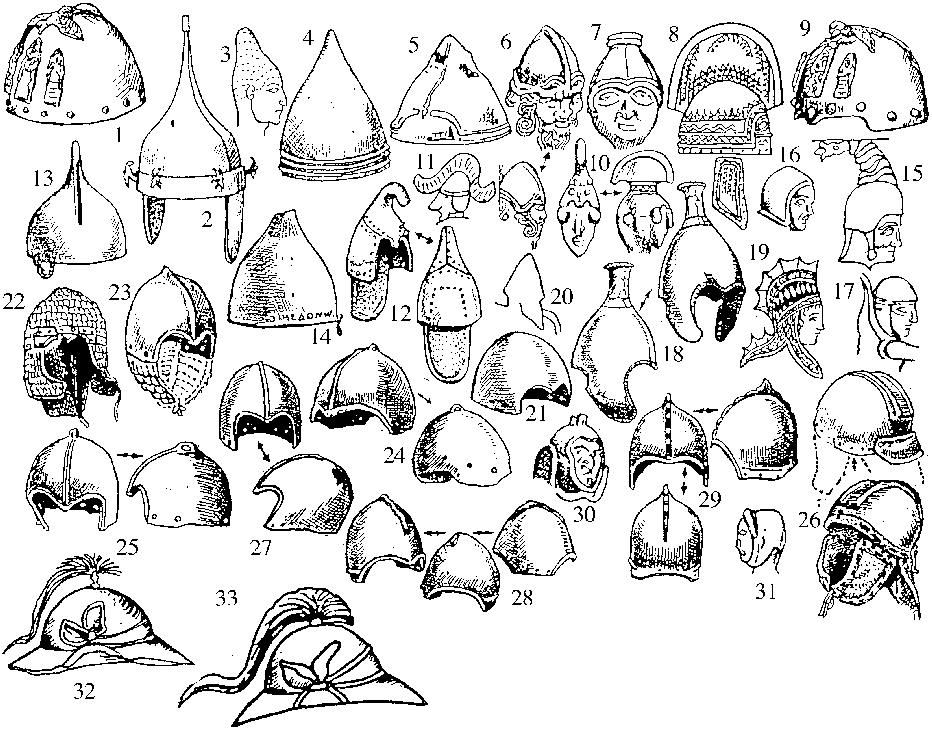
1. Elam, 14th cent. B.C.E. 2. Luristan. 3. Marlik. 4-8. Hasanlu. 9. Safidrud. 10. K¨úorvin. 11-12. Luristan. (Nos. 2-12 dated to the first third of the first millennum B.C.E.) 13. Achaemenid helmet, from Egypt. 14. Achaemenid helmet, from Olympia. 15. Oxus Treasure (British Museum). 16-17. Helmets represented on seals. 18. Achaemenid helmet, from Azerbaijan. 19. Achaemenid helmet depicted on a 5th-cent. B.C.E. Greek vase. 20. Achaemenid helmet represented on a rock relief, Lycia. 21. Achaemenid helmet (Glasgow Museum). 22. Scythian helmet, from the Kuban, 7th-6th cent. B.C.E. 23-24. Scythian helmets, Checheno-Ingushetia, 7th-6th cent. B.C.E. 25. Scythian helmet, 7th-6th cent. B.C.E. 26. Scythian helmet (Greek helmet of the Thracian type, refashioned by Scythians), Nymphai, 7th-6th cent. B.C.E. 27. Saka helmet from the Altai region, 7th-6th cent. B.C.E. 28. Saka helmet from the Talas valley, 7th-6th cent. B.C.E. 29. Saka helmet in the museum of Samarkand. 30-31. Saka helmet, from the Talas valley, 7th-6th cent. B.C.E. 32-35 and 37-38. Helmets represented on coins of the Greco-Bactrian kings (32. Eucratides I; 33. Amyntas).
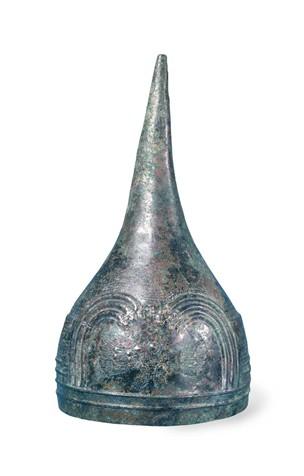
Description
Initially reported in error as from Luristan in the British Museum Report of the Trustees 1966, p. 38
Pointed bronze helmet; shape designed to deflect arrows and holes around bottom served to attach a leather or felt lining; pattern of dots, and crook-shaped bull's heads framing the Urartian version of the Egyptian sun-disc; decoration enhanced by rows of small incised circles around and above the bull's heads which move into apexes in harmony with the shape of the helmet; also rows of incised scallops exhibiting same pattern.
-
The Urartians adopted the same cuneiform script to inscribe their monuments, which sidelined the old hieroglyphic script (although it did not disappear altogether). Crucially the Urartians adopted Assyrian military practices and equipment, so that later Urartian armies used the conical Assyrian type helmets, which largely replaced the Hurrian style of cylindrical crested helmet. Thus Assyrian aggression was in time likely to have provided the impetus for these mountain dwellers to unite, as well as providing the inspiration for their culture.
Spoiler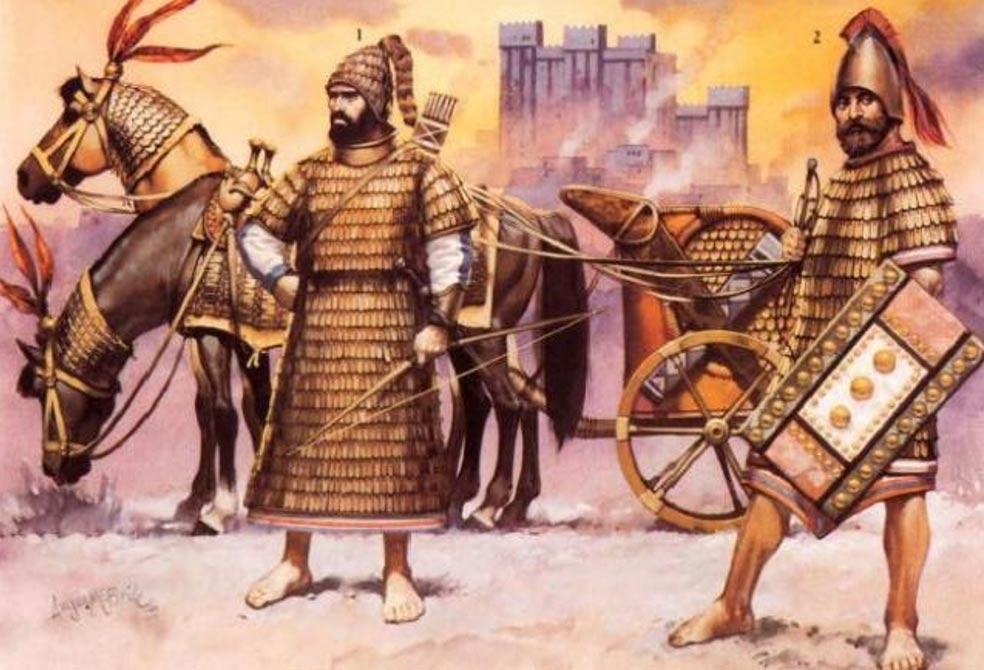
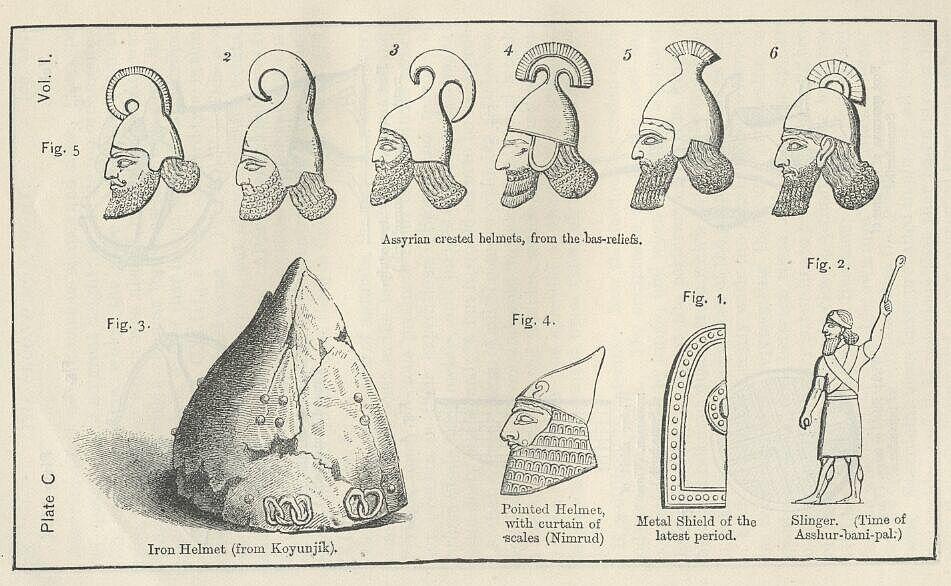
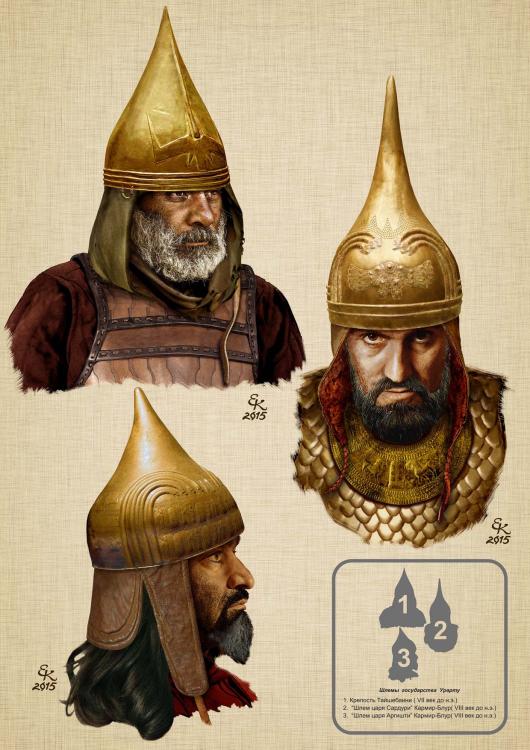
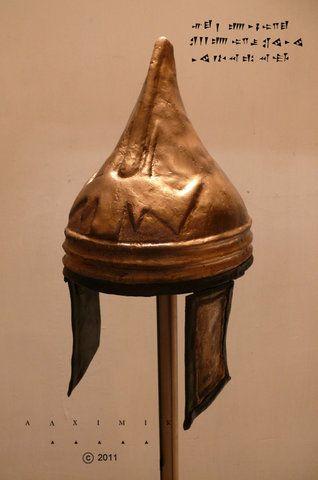
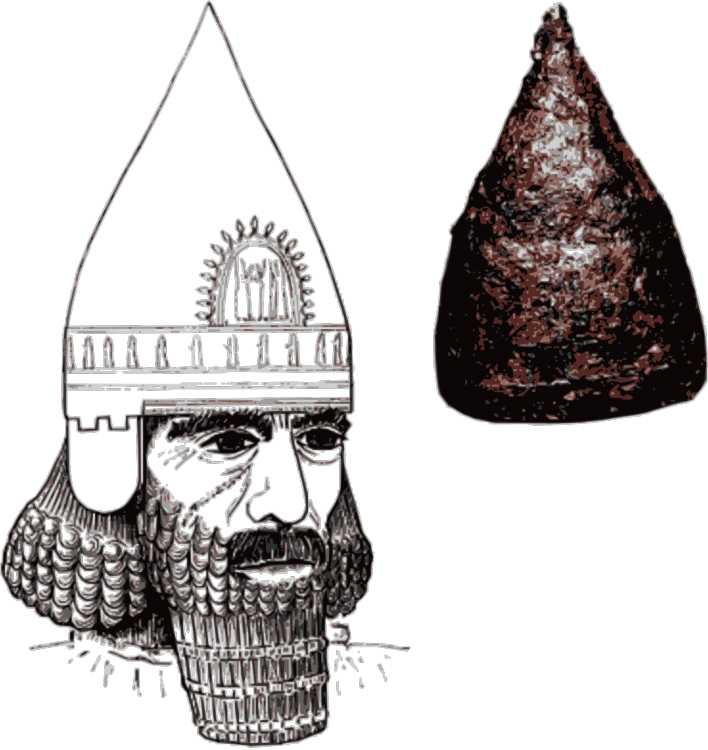
The Assyrian attack had undoubtedly been destructive, but Kings at Tushpa had managed to maintain their authority over the lands of Urartu. At the opposite end of the kingdom a far more deadly foe was taking shape; that of transhumance. From the end of the eighth century BCE the peoples of the steppe, north of the Black Sea were moving. Stories of these migrations were still told in classical times, as Herodotus recounts that Scythians were forced southwards by the Massagetae, and fell upon a people called the Cimmerians, chasing them down into Asia Minor. Herodotus is famously unreliable, but part of the tale is supported by the facts. The Cimmerians hit Urartu first. Rusa I was compelled to devote attention to the defences of the northern frontier, and Assyrian records tell of an Urartian defeat at the hands of the Cimmerians in Rusa's reign. By the 7th century BCE the Cimmerians appear to have been accommodated, and were settled by Lake Van, and there is archaeological evidence that the Urartians employed Scythian mercenaries.
-----
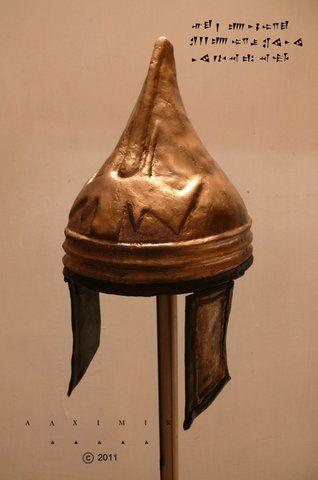
I do not know if there is any connection, but these examples from Assyria and Sumer come to mind. -
1 hour ago, Sundiata said:
"Palmyran Legionaries" 3rd century AD.
the guy that haven't Palmyrene armor -_-U
-
the conical helmet some times related with Assyrian is celled Urartu.
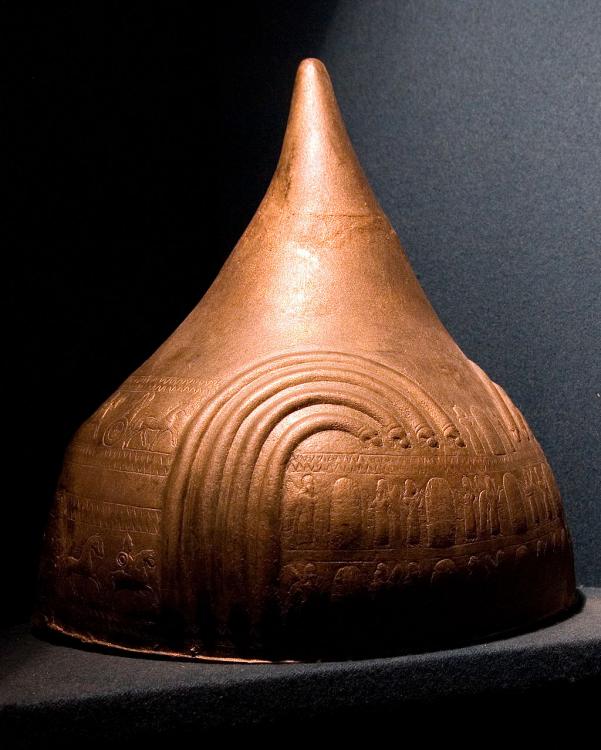
Helmet of the Urartu king Sarduri II found at Karmir Blur near Teishebaini.[9] The inscription on the helmet reads: "Sarduri, son of Argishti dedicates this helmet to God Ḫaldi".[10] Right: detail of the helmet depicting the tree of life.
Helmet of the Urartu king Sarduri II found at Karmir Blur near Teishebaini.[9] The inscription on the helmet reads: "Sarduri, son of Argishti dedicates this helmet to God Ḫaldi".[10] Right: detail of the helmet depicting the tree of life.
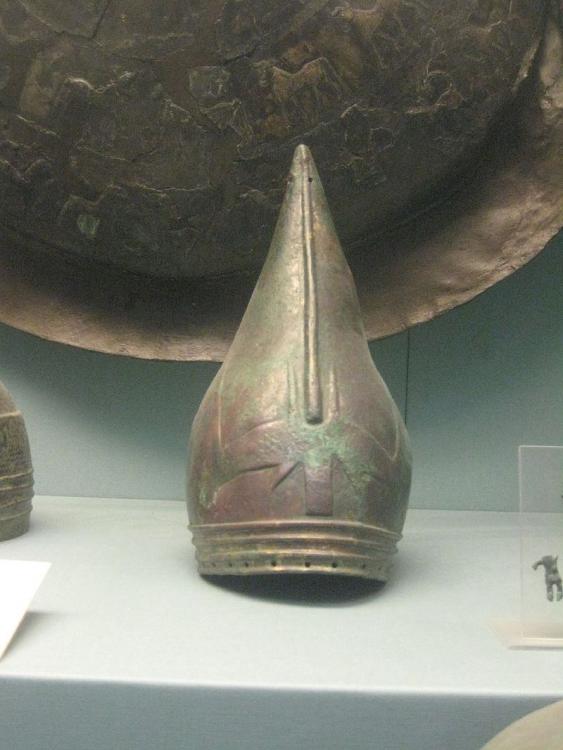
tall, pointed helmet associated with the Iron Age kingdom of Urartu in Anatolia.
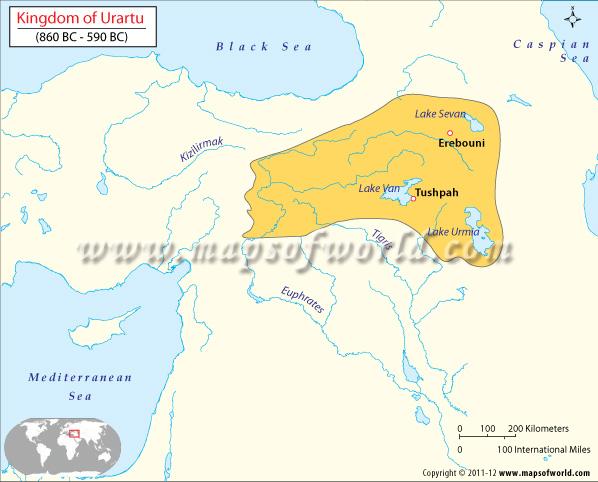
-
On 11/16/2016 at 6:40 AM, Lion.Kanzen said:
Conical helmet.
Name: Conical helmet
Origin: 8th century BC
Referred to as huliam by the Assyrians, The conical helmet can be described has a calotte helmet that rises to a point above the head and was made mostly of iron due to its lower cost. The picture depicted here is a bronze conical helmet. Other improvements such as additional cheek or ear pieces were made on the conical helmets in the later years of the empire.
https://web.wpi.edu/academics/me/IMDC/IQP Website/WAsiaFiles/800bc-600bcFiles/assyrian-empire.html
The Areamaens dont use Helmets... Research in Progress.
interesting supposition.
On 11/23/2016 at 9:08 AM, Lion.Kanzen said:"worn by the eastern archers according to certain depiction details on Trajan’s Column65 . Such a helmet was discovered in the fort at Bumbeşti66. It is a bronze, undecorated helmet, whose cover extends sharply, ending in an empty cone-shaped top, originally provided with a button above. Analogies for this helmet are few, only three being identiied in the Roman world"
No, it is apparently one of the few conical helmets associated with Roman archers of Eastern origin (Robinson's Aux Inf. D). I am aware of the following:
SpoilerDahovo, Bosnia - Robinson, The Armour of Imperial Rome, Hoffiller, V. 1910-11: 'Oprema rimskoga vojnika u prvo doba carstva', Vjestnik Hrvatskoga Arheoloskoga Drustva (Zagreb) n.s. 11, 145-240 (S. 27)
Intercisa, Hungary - Szabo 1986, 'Le casque romain d'Intercisa - recente trouvaille du Danube', Studien zu den Militärgrenzen Roms III, 421
Karaagach, Bulgaria - Velkov, I. 1928-29: 'Neue Grabhügel aus Bulgarien', Bulletin de l'Institut d'Archéologie Bulgare 5, 13-55
Bumbesti, Romania - Petculescu, L. and Gheorghe, P. 1979: 'Coiful roman de la Bumbesti', Studii si Cervetari de Istorie Veche 30, 603-6
Dacia (I forgot the exact location) - potential cheek piece, Petculescu, L. 1982: 'Obrazare de coifuri Romane din Dacia', Acta Musei Napocensis 19, 291-300
Breda - Bredase Akkers, 4000 jaar bewoningsgeschiedenis op de rand van zand en klei. C.W. Koot, R. Berkvens. RAM102 Breda 2004. ISBN: 90-5799-056-3. Discussed here link from old RAT
There is another helmet classified in Robinson as a parade helmet which appears to be conical or parabolic so may fall in this category, I believe from Bulgaria (Ostrov?).![[Image: Archershelmetsmall.jpg]](https://wildfiregames.com/forum/uploads/imageproxy/Archershelmetsmall.jpg.971a56afa86c9136c87c7bf02b65c23a.jpg)
Petculescu mentions the Bumbesti helmet in an article on the equipment of Roman archers which I believe was published in the proceedings of the Vienna LIMES proceedings but the citation does not appear to be correct.
I have not found any other reference to the Bumbesti helmet.the eastern archers’ equipment is represented by the “Levantine style” attire, as depicted on Trajan’s Column: an ankle-deep cloak covered by lorica squamata type armour, short-sleeved, and a conical helmet, atypical to the Roman army. he armour was imposed to those to whom it was uncommon, as they could not bear shields26. he bow case27, the quiver28 and the arrowheads are of special importance within the archer equipment. he arm guards29 come to complete the equipment. hey were used to protect the left arm from the bruises or burns inlicted by the bowspring when released. Material evidence of their presence is missing, however archer depictions on Trajan’s Column account for their use. Most likely, the lack of material evidence may be either due to the fact that arm guards were made of organic material30 or to erroneous interpretation of certain materials, framed in other categories as a result. Certainly, once incorporated within the Roman army, these auxiliaries would be under powerful “Romanising” inluences in all aspects of the spiritual or material life and implicitly.
for the simple fact that Roman workshops no longer made them. Practically, from the second half of the 2nd century AD they disappear entirely. In the ofensive weaponry ield, they would be forced to adopt certain weapons atypical to their specialisation as well, irstly for tactical reasons related to the adjustment to Roman army standards. hus, the traditional double-sided battle axe would be progressively replaced by the Roman sword, while the equipment would be occasionally completed with light spears for defence in case the archers were caught ofhand by the enemy31 . Military equipment inds evidence no peculiarities speciic to the area of origin, on the contrary, in numerous cases they account for extreme uniformity all over the Empire32. In Dacia, a record number of at least 23 units of eastern sagittarii was reached. Large part of these troops was involved in the conquest wars of Dacia, in the aftermath either retuning to the provinces from where they were detached or remaining on the spot as garrison troops. Another category is represented by troops displaced subsequent this interval, according to the operational demands of the respective time. Issues related to the study of the military equipment of these troops are multiple: for some, the station is unknown, others garrisoned forts either succeeding or being succeeded and, respectively were garrisoned beside other troops, which due to unclear archaeological contexts from where part of the published material was collected, lead to equivocation and probable conclusions only. Below, we shall review data on published weaponry items on the territory of Dacia. Terminal stifeners are by far the most frequent artefacts pertaining to the military equipment of the eastern archers. hey are more or less arched, with a widened, most often rounded end, provided with a nock for the attachment of the bowspring. One of the surfaces is rounded and polished (the exterior), the other is iled in such a manner to exhibit certain parallel notches. he aim of this procedure was to increase attachment adherence to the wooden support34. Four terminal stifeners35 and one central36 come from the fort and civil settlement at Tibiscum. At least two archer units were stationed there: cohors I sagittaria milliaria equitata, consequently transferred to Drobeta and numerus Palmyrenorum Tibiscensium. he excavators assigned the items to the 3rd century AD level when cohors I Vindelicorum was also stationed inside the fort beside the Palmyrenes unit. At Micia, a signiicant number of terminal stifeners, two central stifeners and a series of uninished pieces or processing waste were identiied in the central part of the fort, inside the level corresponding to the last phase (dated ca. 106–170 AD). he irst mention worthy of note here is that we are deinitely dealing with a composite bow-making workshop37, an exceptional case within the Empire. he second mention takes into account the shape and size of the terminal stifeners.
Dakovo in Bosnia, at Briastovets in Bulgaria and at Intercisa (A.XIII.34)67 in Hungary). H. Russell Robinson connected these helmets with those displayed on Trajan’s Column, assigned the irst two to sagittarii cohorts and framed them in type D68. he best analogy for the discussed helmet is that at Intercisa, which is also conical, bronze-made, undecorated and deinitely belonging to cohort I milliaria Hemesenorum sagittaria equitata. hus, the helmet at Bumbeşti most likely belonged to a soldier in a troop equipped according to the Levantine style, the single which would have been equipped as such being cohors IV Cypria c.R. (camped there subsequent the conquest of Dacia and displaced sometime prior AD 20169). As if to complete the image provided by the helmet at Bumbeşti, a bronze cheekpiece70 was found at Micia, which, due to its narrowness and special shape (the posterior rim is almost vertical) and for the lack of analogies within the Empire, was assigned by Petculescu to an undecorated conical helmet of an eastern archer.
Trilobate arrowheads80 and bow stifeners81 were identiied within accurate stratigraphic conditions in the fort at Straubing (Sorviodurum). he famous parade masks of obvious.
eastern inluences82 come from there. All these artefacts may be related to cohort I Flavia Canathenorum83 stationed there. Finds recorded on the territory of the Moesias may be reduced to a single mention from Topraichioi84 . Archers were intended to support other troops by standing behind them and shooting above. Commonly, they supported the heavy infantry against cavalry attacks however, they were unable to resist attack by themselves. One of their other tasks was to make vulnerable enemy orders by their iring shots, exposing them to cavalry charges and thus decreasing infantry losses. he archers’ position behind the battle line was useful for both their protection as well as for the fact they would continue iring in close combat cases85 as well.
-
-
Just now, stanislas69 said:
Could have just said you didn't like it

i edited, sounds rude, but isn't my point.
-
On 6/22/2018 at 5:54 AM, Aragorn30 said:
look outdate , compare with Total War Three Kingdoms GUI. and it look like generic as @#$%.
dont get me wrong look awesome...
for Warcraft mod.
-
8 hours ago, wowgetoffyourcellphone said:
Delenda Est makes this happen by making units classes that the civ currently can't train for historical reasons or whatnot into mercenaries available to them at the mercenary camp.
that's good idea, why vanilla no implement this?
-
 1
1
-
-
21 hours ago, Sundiata said:
@wowgetoffyourcellphone The units look nice (Ummayads?), but the helmets make them look very medieval (especially that nasal guard). Nabataeans were also pretty Hellenized.
I'm sure historical accuracy wasn't at the top of the list for these reenactors at Petra, but the helmet "looks" more authentic:
Jewish headgear (probably very similar to their neighbours:
The only depictions I've ever seen of actual Nabatean camels dating to our time-frame, 1c BC -1c AD:
Bedouins in Antiquity could even have some locks or pleated hair.. King Tiglath-Pileser III, King of Babylon, and of Assyria, executing a Bedouin Bob Marley (apparently he didn't take the killing of his sheriff lightly):
The struggle is ancient y'all... https://www.youtube.com/watch?v=GXosJKsKetw&frags=pl%2Cwn
And a little bonus, Petra, the Heart of the Desert:
is probably they used Assyrians and other helmets, there bunch civs that influence them by centuries. check Edomites or Herodian guardsmen .
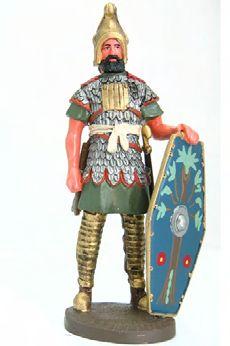
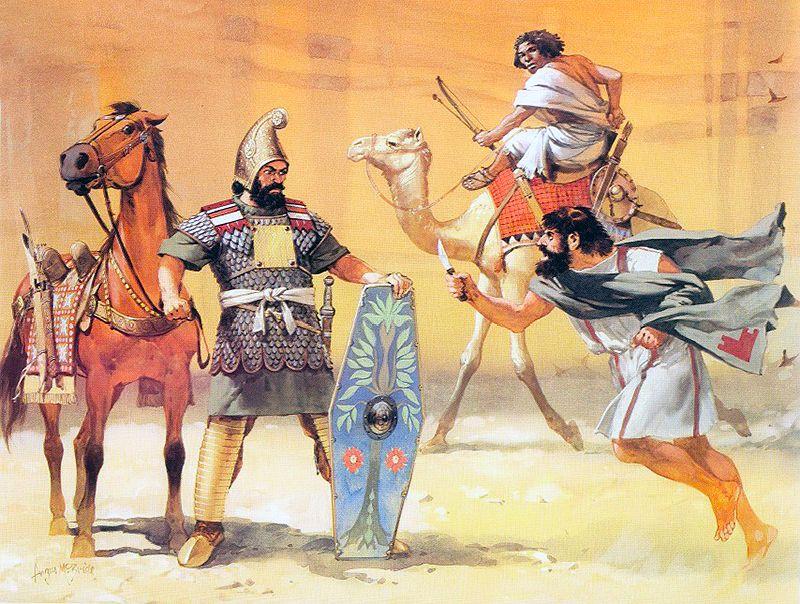
http://www.twcenter.net/forums/showthread.php?681361-PREVIEW-Mamlaktha-Nabata
For centuries, the land of Edom was the crossroads for caravans traveling north and south, as well as some of those traveling east and west. The lands of Edom and Moab were connected by a well traveled path, known as the King's Highway. Along this road, goods from Egypt traveled to Babylon and back, and goods from southern Arabia traveled to the kingdoms in the north. This trade had existed for centuries before the Nabataeans came on the scene.
The Bible tells us the story of the Queen of Sheba bringing gifts to King Solomon, including frankincense and myrrh. Immediately following these verses, the Bible tells us that King Solomon gained tremendous income from taxation. I Kings 10:14-15 records the amount as 666 talents of gold. Footnotes in the New International Version of the Bible calculate this as being around 23 metric tons of gold. Then the Bible tells us that to this total was also added to the tribute paid by the Arab merchants and traders and the leaders of the Arabs. Since many of the caravans traveled up the King's Highway, the land of Edom played an important role in the merchant world. As a result, Edom was conquered by the Israelites, the Assyrians, then the Babylonians (Chaldaeans) and finally the Persians. When the Greeks arrived on the scene, Edom was again the center of attention. When Alexander the Great conquered the Middle East, he brought the entire region under Greek control and he began the process of Hellenization. This was the process of bringing Greek language, thought, and culture to all the lands that were under Greek control. Upon Alexander's death, however, the Greek kingdom was divided up between his generals. The Ptolemies of Egypt and the Seleucids of Syria fought bitterly over control of the region. It was in 312 BC, early in this struggle, that the Nabataeans were suddenly catapulted onto the stage of world history.
Immediately following the dissolution of Alexander's empire one of his generals, Antigonus The-One-Eyed, briefly rose to a position of power in Syria. He aspired to defeat his rival, Ptolemy, whose power base was in Egypt. Antigonus' plan for success had two components: military and economic, and the mountain top settlement of Selah and the Nabataean people figured in both. By this time the Nabataeans had not only made a name for themselves as one of the principle trading powers in the region, they had also established a monopoly on bitumen which they harvested from the Dead Sea. They shipped this product to Egypt where it was essential in the embalming process. Antigonus felt that if he could gain control of the Nabataean stronghold of Selah, the hub of the major caravan routes in the region, then he would gain control over the frankincense and bitumen industry as well. This would mean that he would not only command access to and from Egypt but he would have in his possession commodities more valuable to the Egyptians than gold.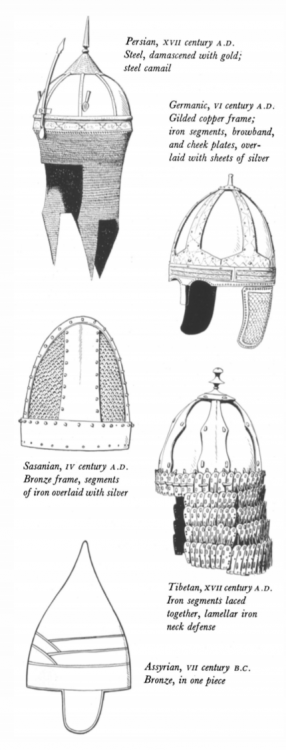
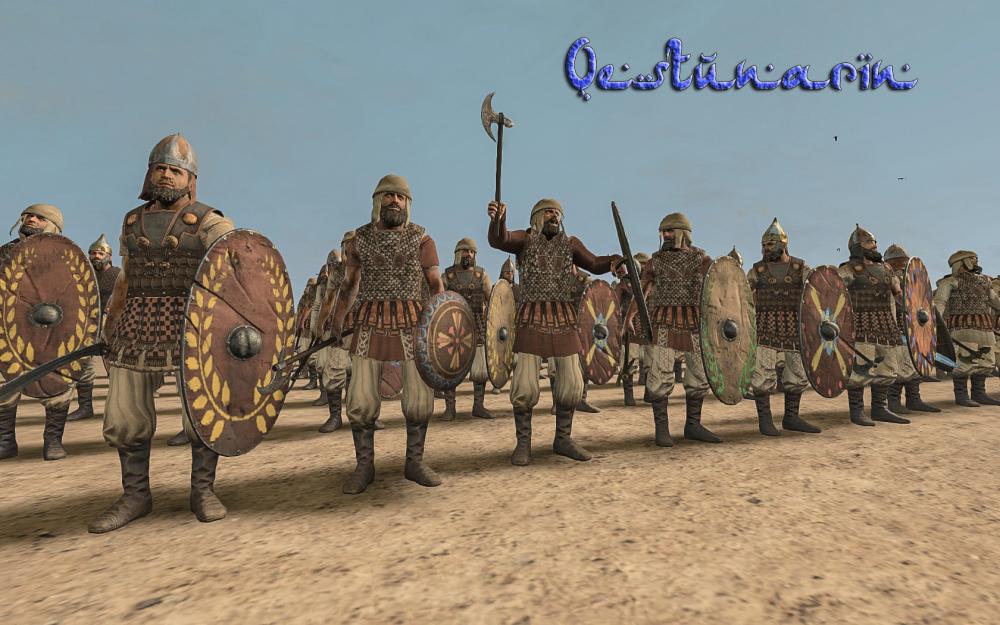
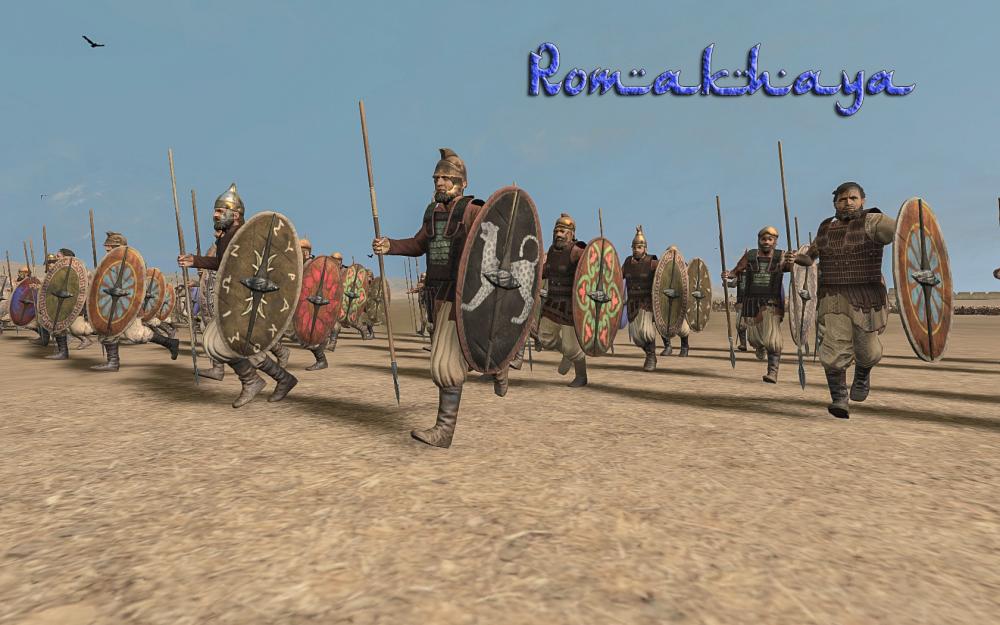
-
 2
2
-


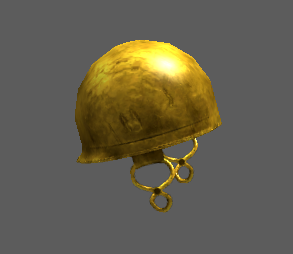
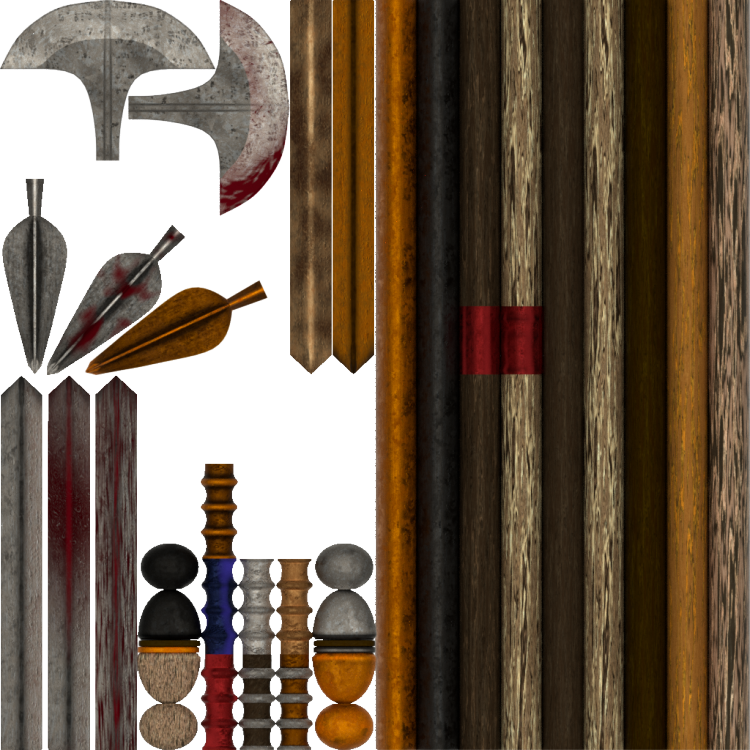
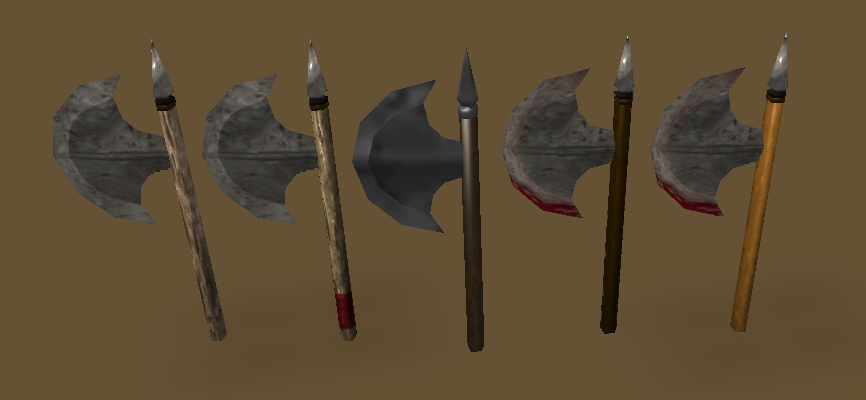
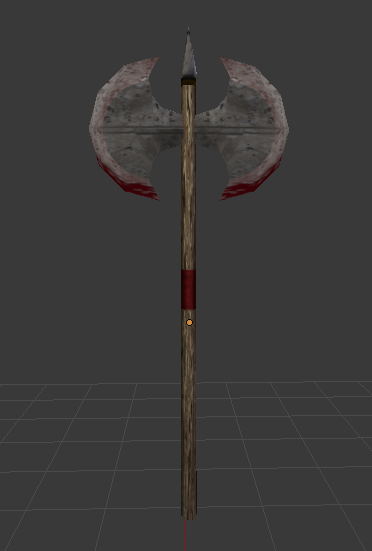
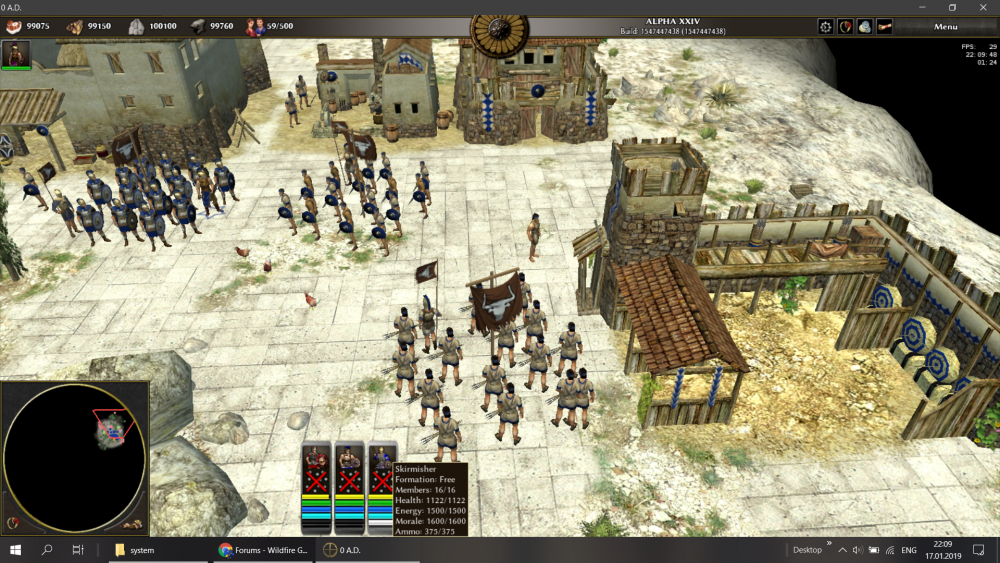
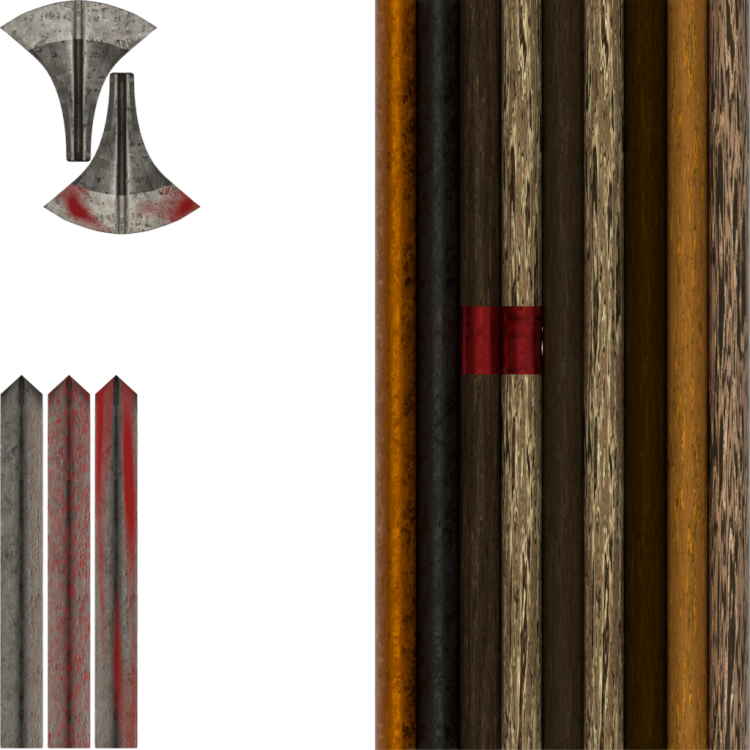
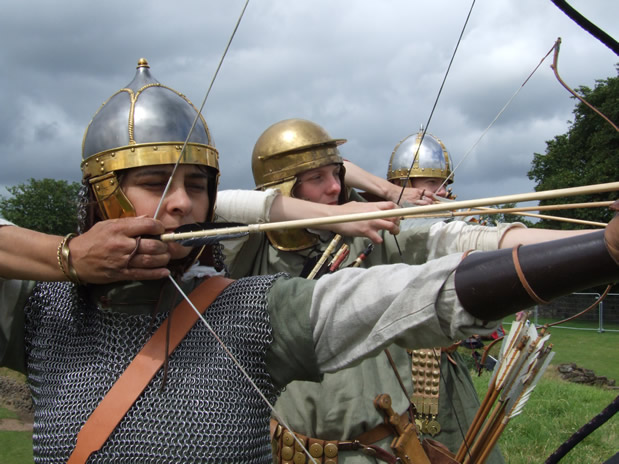
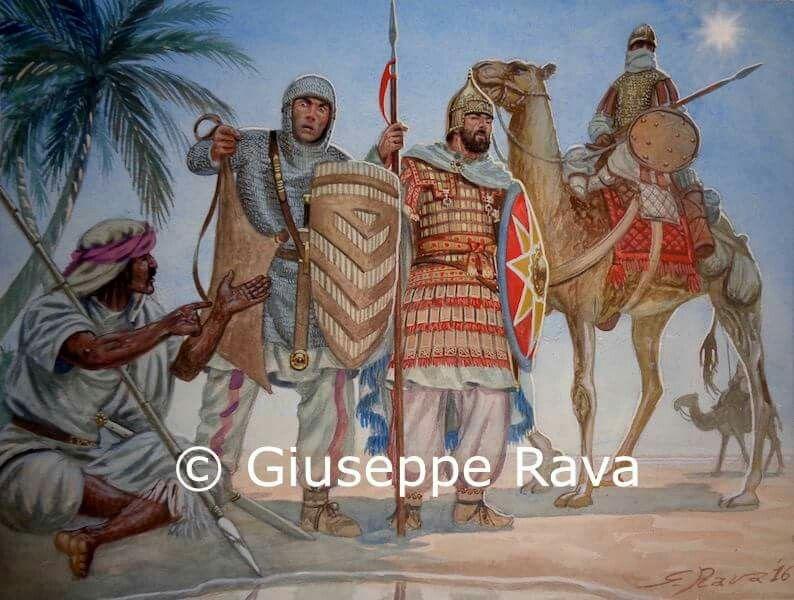
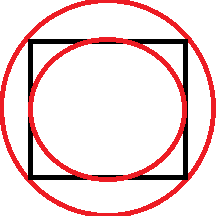
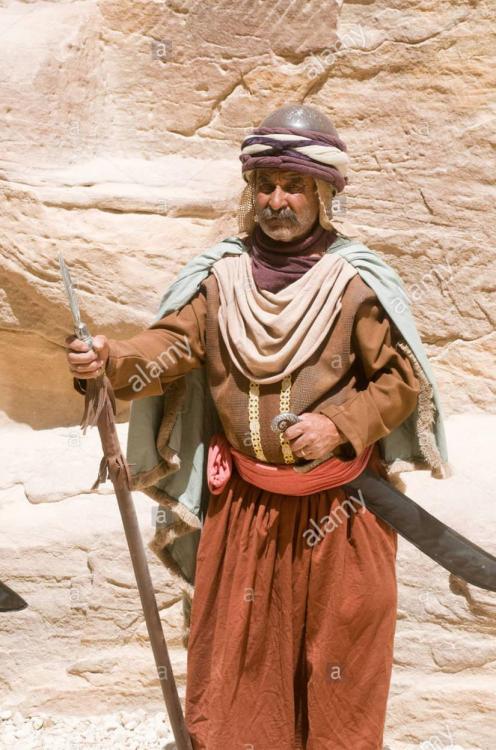
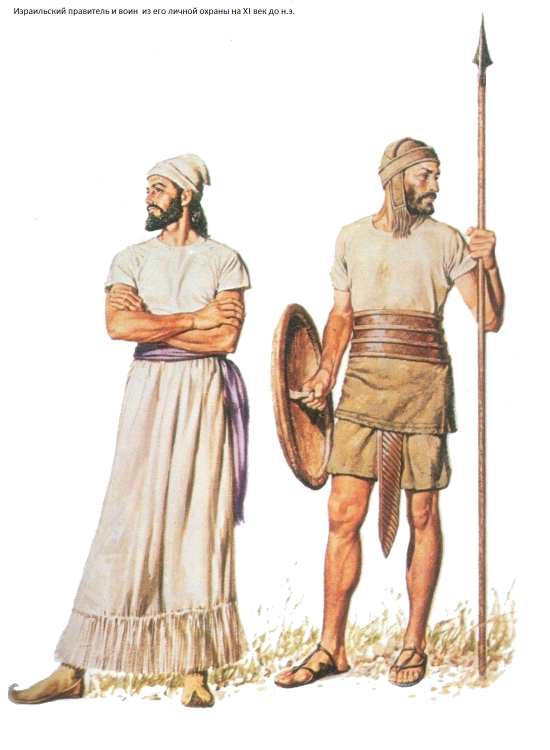
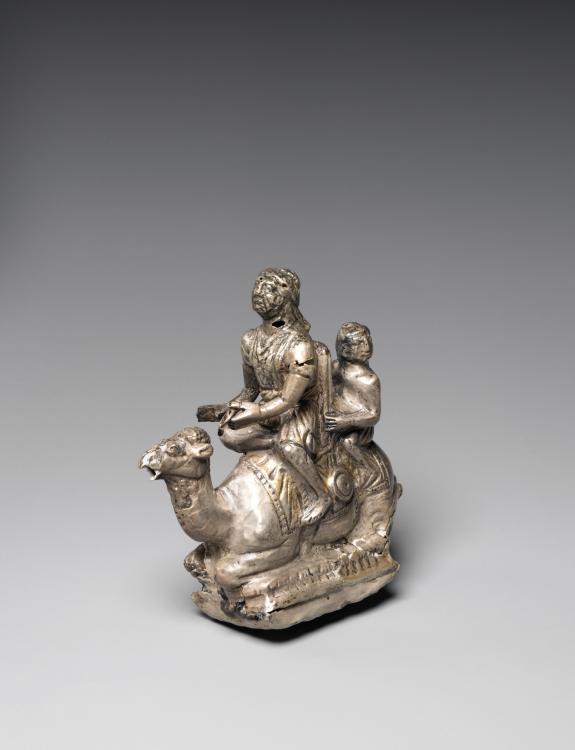
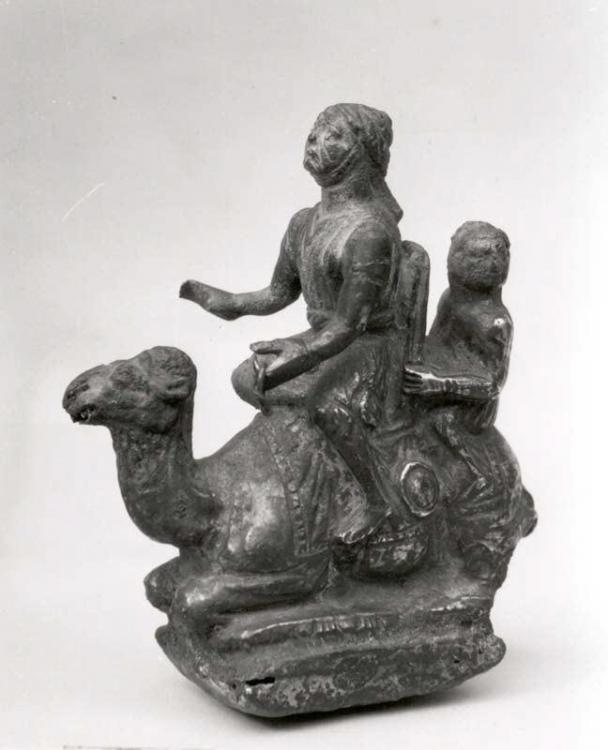
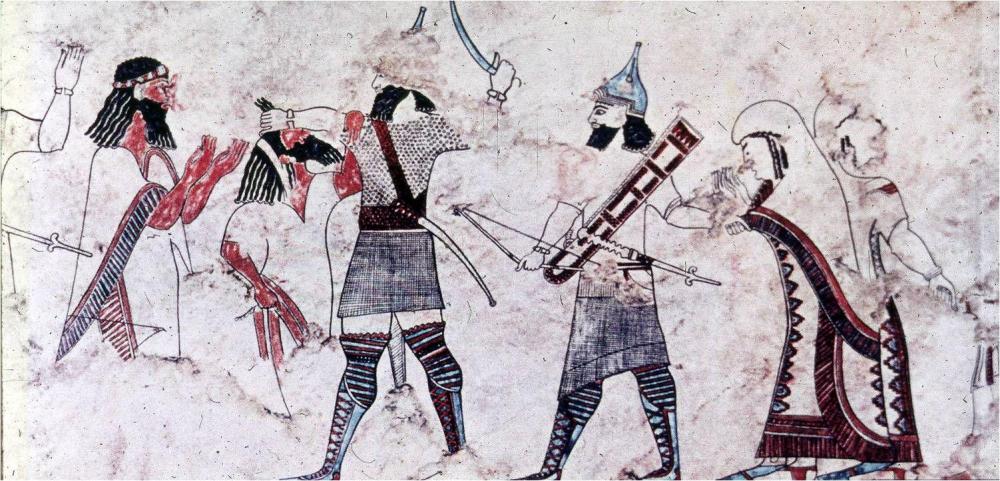
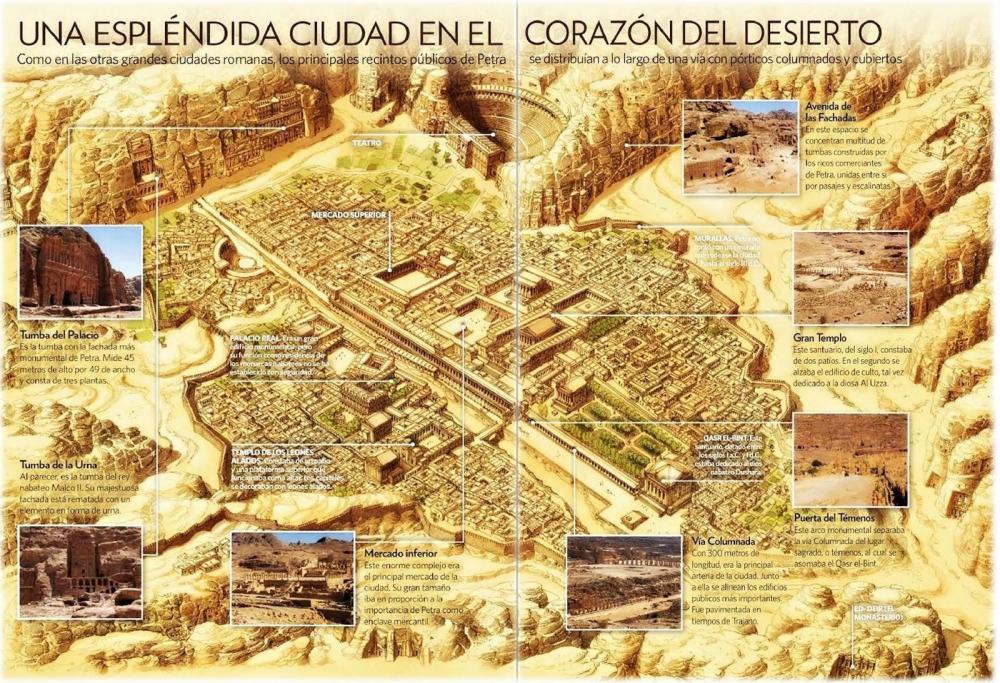
0 A.D. on WhatsApp
in General Discussion
Posted · Edited by Diatryma
avoid NSFW content please...